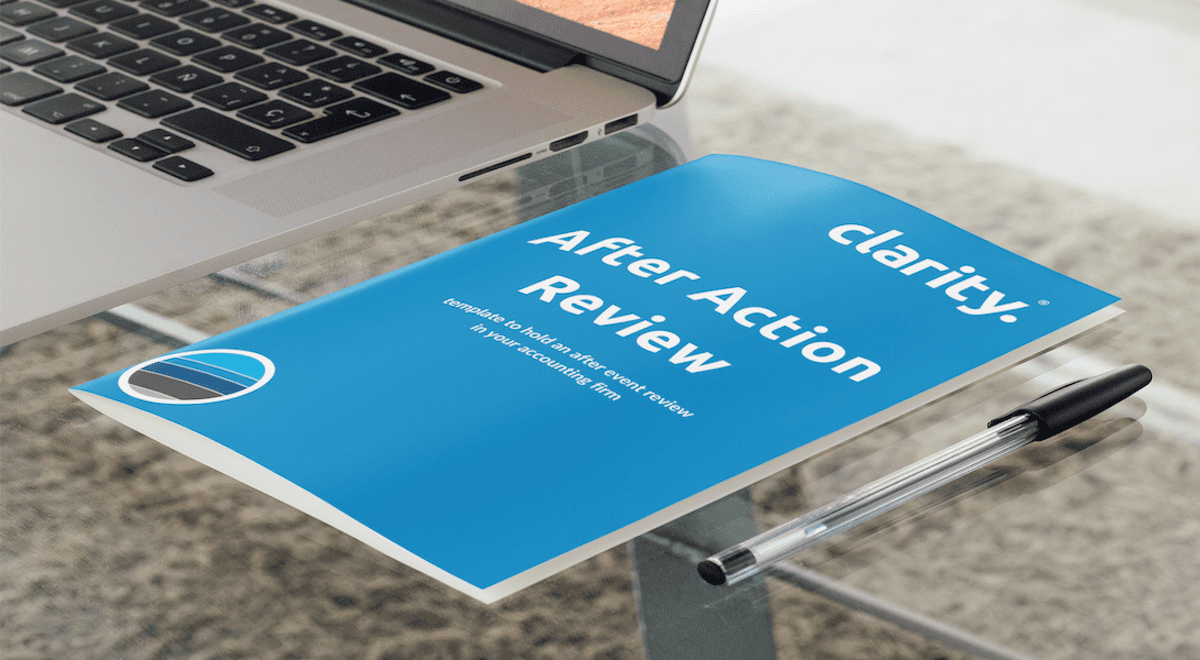After action reviews (AARs) are one of the greatest ways to improve performance and learning, increase intellectual capital and share knowledge within an accounting firm.
I first became aware of AARs when reading Firm of the Future, a must-read by one of my great friends, Paul Dunn, which he co-wrote with another accounting legend Ron Baker. And interestingly the topic came up recently as part of our Full Disclosure series on pricing, where Ron was our guest. The topic drew a large number of questions from attendees at the event and subsequently, hence this blog post.
We introduced the process within my accounting firm, but I have to admit the formal process was used far too infrequently. The team chose to use a quicker process (start, stop, keep) more often. And whilst helpful in itself, it lost so much of the power of the AAR. In hindsight, I would have not let that happen and kept start/stop/keep for appraisals only.









